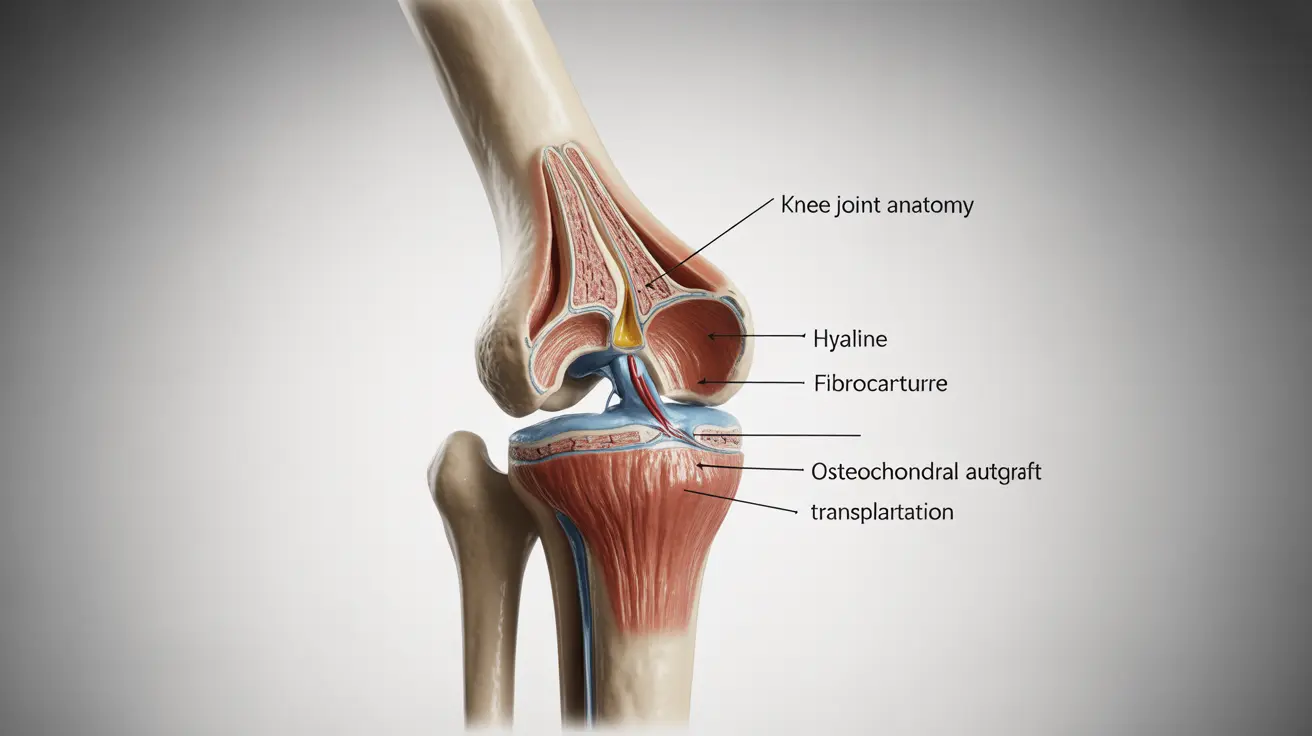Blood tests are crucial in the early detection of liver diseases, providing vital information about liver function and potential issues. Here's how they contribute to early diagnosis and management:
- Key Blood Tests for Detecting Liver Diseases:
1. Liver Function Tests (LFTs):- Alanine Aminotransferase (ALT): Elevated levels indicate liver cell damage, common in conditions like hepatitis and fatty liver disease.
- Aspartate Aminotransferase (AST): Similar to ALT, high AST levels can signal liver damage but can also be elevated in muscle damage.
- Alkaline Phosphatase (ALP): High ALP levels may suggest bile duct obstruction or liver disease.
- Gamma-Glutamyl Transferase (GGT): Elevated GGT can indicate liver or bile duct problems, often used to differentiate between liver and bone disease in raised ALP.
- 2. Bilirubin Levels:
- Total Bilirubin: Elevated levels can cause jaundice and indicate liver dysfunction or bile duct blockage.
- 3. Albumin and Total Protein:
- Albumin: Low albumin may indicate liver disease since the liver is responsible for albumin production.
- Total Protein: Measures all proteins in the blood, including albumin and globulins, reflecting liver function.
- 4. Clotting Tests:
- Prothrombin Time (PT): Prolonged PT can suggest liver dysfunction since the liver produces clotting factors.
- How Blood Tests Aid Early Detection of Liver Diseases:
- Identifying Liver Damage: Elevated liver enzymes (ALT, AST) and bilirubin levels can identify liver damage before symptoms become apparent.
- Monitoring Disease Progression: Regular monitoring of liver function tests helps track the progression of liver diseases and the effectiveness of treatments.
- Differentiating Conditions: Combining various liver function tests can help differentiate between types of liver disease (e.g., hepatitis, cirrhosis, liver cancer).
- Guiding Further Testing: Abnormal blood test results can prompt more detailed imaging studies or biopsies for a definitive diagnosis.
- Benefits of Early Detection:
- Timely Intervention: Early detection allows for prompt treatment to slow disease progression and prevent severe complications.
- Improved Outcomes: Early treatment can significantly improve the prognosis for liver diseases by preventing liver failure and reducing the need for liver transplantation.
- Lifestyle Adjustments: Detecting liver disease early can prompt lifestyle changes, such as reducing alcohol intake, improving diet, and monitoring medications that can affect the liver.
- Monitoring Therapy: Blood tests help assess the response to treatments for liver disease, enabling adjustments to optimize therapy.
- Common Liver Diseases Detected Early:
- Hepatitis (A, B, C): Viral infections causing liver inflammation and damage.
- Fatty Liver Disease: Accumulation of fat in the liver, often associated with obesity and diabetes.
- Cirrhosis: Chronic liver damage leading to scarring and liver failure.
- Liver Cancer: Primary liver cancers, such as hepatocellular carcinoma, which can be detected through blood markers like AFP (Alpha-Fetoprotein).
Recommended Tests:
- Liver Function Panel (ALT, AST, ALP, GGT, Bilirubin): Comprehensive assessment of liver health, detecting enzyme abnormalities and liver damage.
- Prothrombin Time (PT): Measures blood clotting speed, indicating overall liver function.




